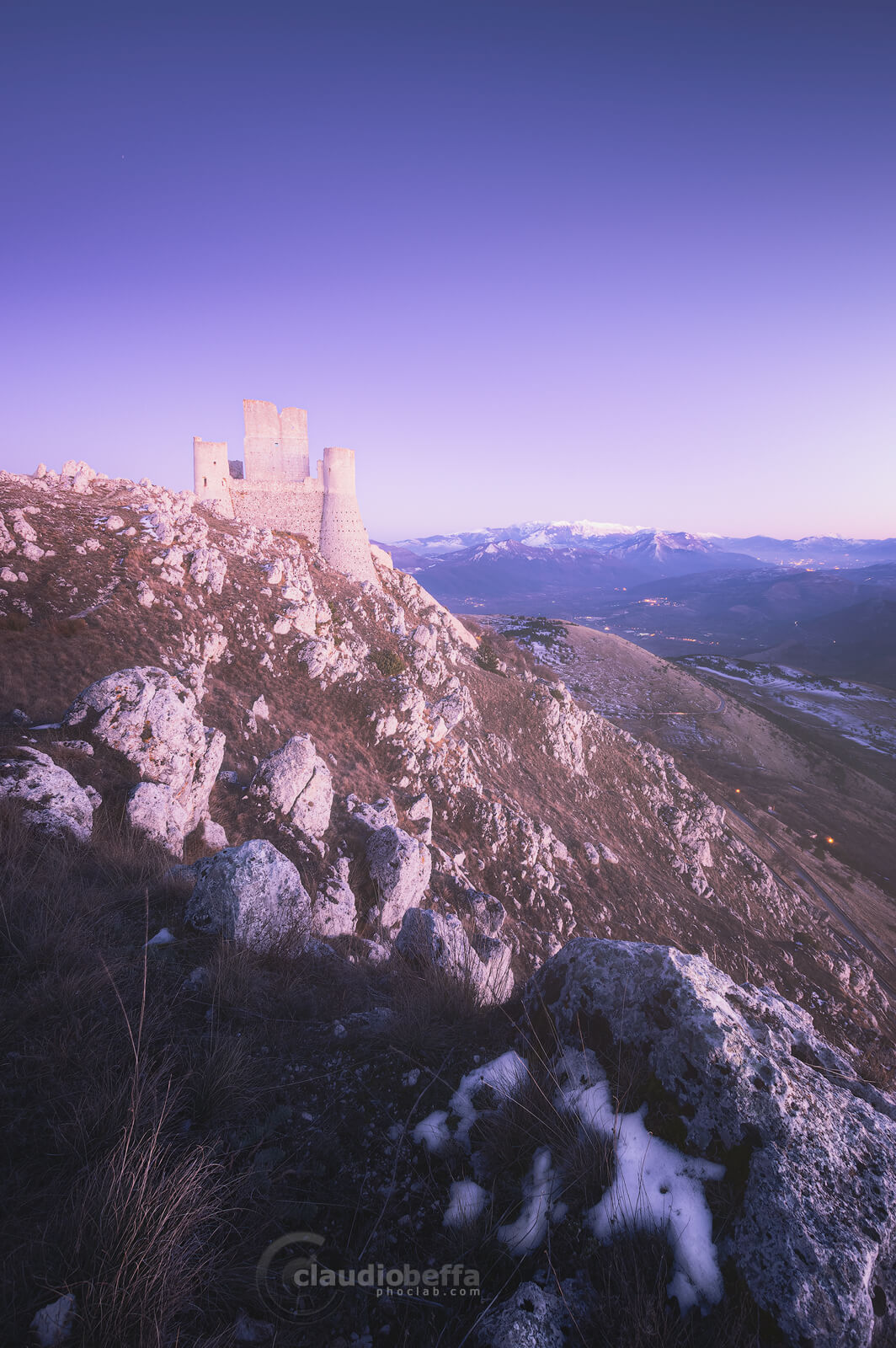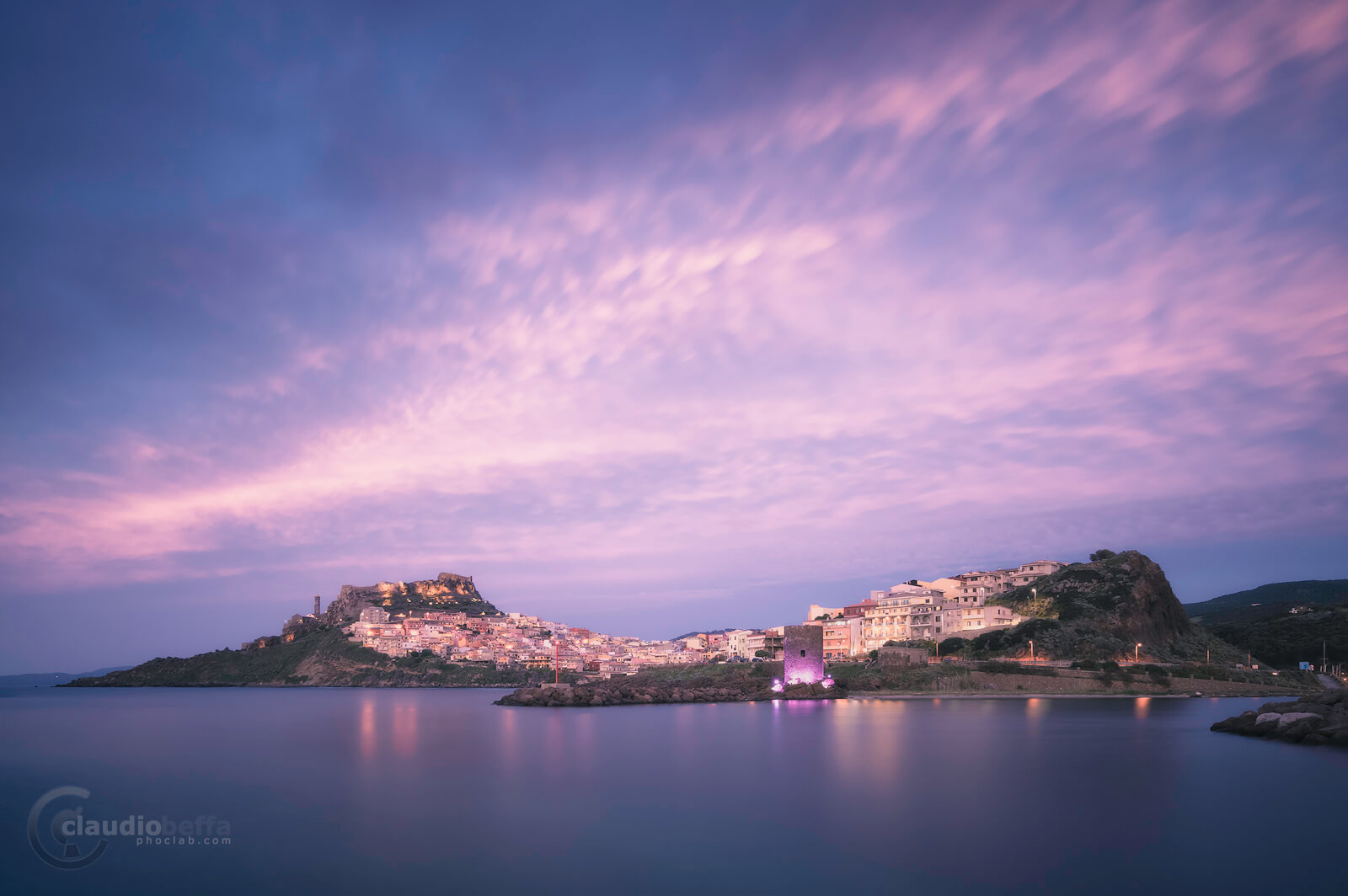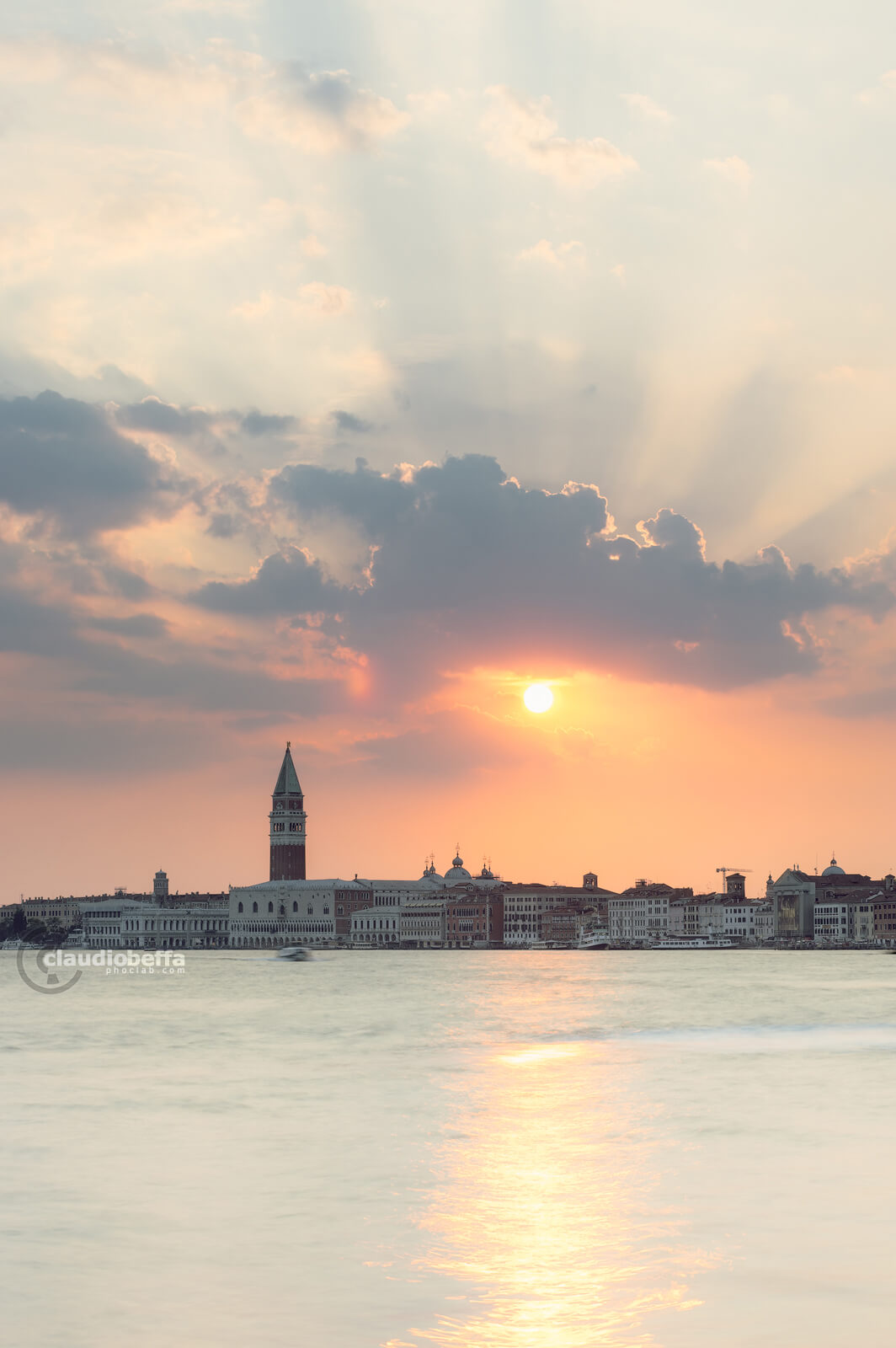Kings fortress
“Kings fortress”. In the heart of Abruzzo, not far from the Gran Sasso massif, on the top of a mountain stands the castle of Rocca Calascio. A majestic fortification, the highest of the entire Apennine chain at 1460 meters above sea level, which dominates the surrounding landscape and watches over the valleys below.
Reaching the castle before dawn, from the village in the valley, is a fascinating experience in itself. Crossing the ancient village whose stone houses and the alleys are lit only by lanterns, and then finding yourself walking a snowy path that climbs up the mountaintop, makes you feel like you are in a fairy-tale.
The sight that you witness, once you reach the crest, is breathtaking: the eyes can see up to the horizon, in every direction you look. The distant snow-capped mountains, despite their majesty, appear small. Enveloped in surreal silence, the fortress emerges from the darkness; first as a silhouette, in the faint light of the blue hour, then as a clear and imposing figure that stands out above everything, illuminated by the brilliant and warm light of a winter sunrise.
Capturing this high-contrast scene required the combined use of a graduated ND filter and exposure bracketing. The filter alone, in fact, was not enough to reduce the brightness of the sky enough to allow the camera to fit the entire dynamic range in a single shot. However, it helped to minimize bracketing: in fact, two shots were enough, one exposed for the shadows and the darker mid-tones, while the other exposed for the highlights and brighter mid-tones. As a result, blending the exposures in Photoshop was smoother and more natural.
This photograph has been awarded at the following international photography competition:– Honorable Mention in the 2020 edition of the ND Awards: “Kings fortress” – Category Landscapes









